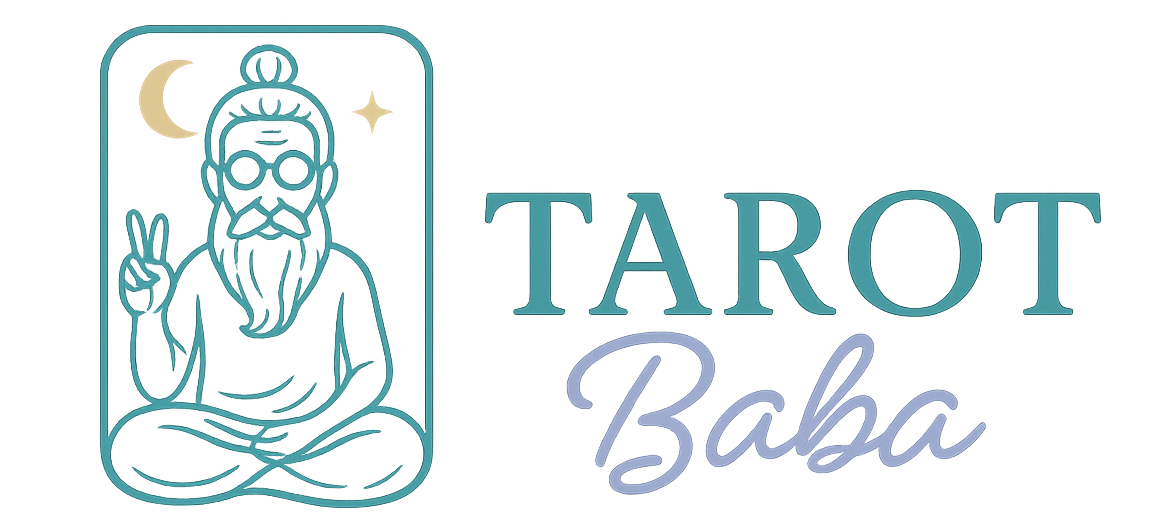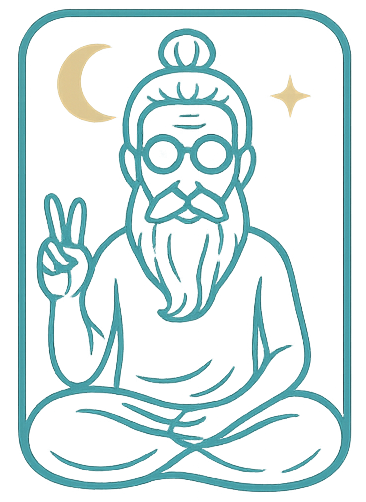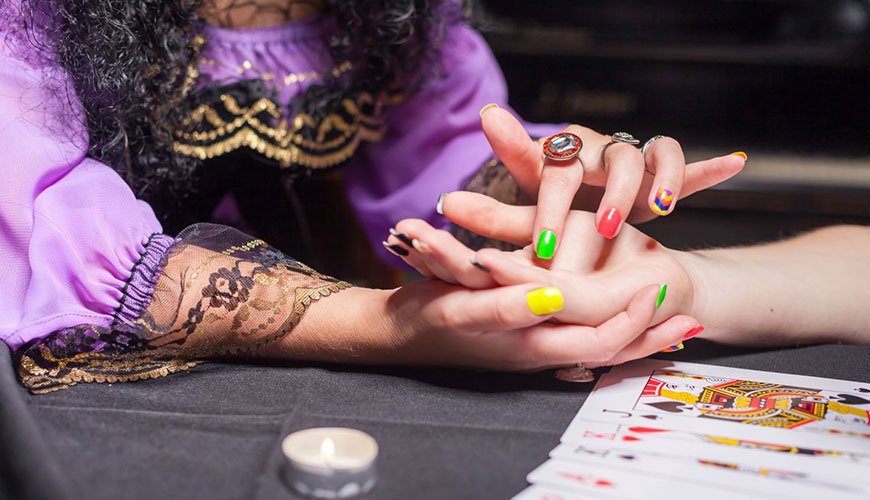Introduction
One of the most common questions people ask is: “How accurate is tarot card reading in real life?”
Many are curious but also skeptical. Some believe tarot predicts the future word-for-word, while others dismiss it as pure imagination. The truth lies in the middle—tarot is not about fixed predictions, but about offering clarity, direction, and guidance.
In this blog, we’ll explore the accuracy of tarot, uncover common myths, and show how it actually works in everyday life.
Understanding Tarot Accuracy
Tarot is a symbolic language. The cards don’t control your destiny—they reflect the energies and possibilities around you. For example:
-
Drawing The Lovers in a relationship spread doesn’t mean you will marry tomorrow. It shows that love, choice, or partnership is an important theme.
-
Drawing The Tower doesn’t mean disaster is guaranteed. It signals that sudden changes may occur, urging you to stay flexible.
Thus, tarot is accurate in revealing energy patterns, emotions, and likely outcomes, but it is not meant for rigid predictions.
Factors That Affect Tarot Accuracy
1. The Reader’s Intuition
A skilled reader can connect the symbols with your situation effectively. Intuition plays a big role in bringing accuracy.
2. The Seeker’s Energy
Your openness matters. If you approach a reading with honesty and focus, the cards will reflect your true energy.
3. The Question Asked
Vague questions lead to vague answers. A clear question like “What energy surrounds my career right now?” provides more accurate insight.
4. Timing of Events
Tarot is better at showing themes and directions than exact timelines. Some predictions manifest quickly; others unfold over months.
Myths vs Reality
Myth 1: Tarot predicts the future with 100% accuracy
Reality: Tarot shows possibilities, not fixed certainties. Your actions still shape the final outcome.
Myth 2: Negative cards mean something bad will happen
Reality: Challenging cards are warnings or lessons, not doom. They help you prepare and grow stronger.
Myth 3: Anyone can’t trust tarot because it’s superstition
Reality: Tarot has been used for centuries as a tool of reflection. Many successful people use it for self-awareness.
Myth 4: Only “believers” get accurate readings
Reality: Tarot works as a mirror. Even skeptics often find shocking accuracy in readings that reveal their current emotions and struggles.
Examples of Tarot Accuracy in Real Life
-
Career Guidance: A client confused between two job offers drew The Chariot, signaling victory through determination. He chose the more challenging role and soon received a promotion.
-
Love & Marriage: A seeker drew The Lovers when asking about marriage. Months later, her engagement was fixed unexpectedly.
-
Personal Healing: Someone struggling with anxiety drew Temperance, guiding them to find balance through meditation and patience.
These cases show that tarot often aligns with real-life situations, not as fortune-telling, but as guidance that supports better decisions.
Why People Trust Tarot Despite Skepticism
-
It offers a new perspective.
-
It validates hidden feelings you already sense.
-
It encourages you to take action confidently.
-
It helps reduce overthinking and confusion.
Unlike random guessing, tarot creates structured insights through symbolism, intuition, and energy connection.
Why Choose Tarot Baba for Accurate Readings
At Tarot Baba, we focus on clarity, compassion, and truth. Our readings are not about fear or false promises, but about real guidance.
✨ Honest insights without exaggeration
✨ Supportive environment for your questions
✨ Clear explanations of each card and its meaning
✨ Practical guidance you can apply in real life
Final Thoughts
So, how accurate is tarot card reading in real life? The answer is: very accurate in reflecting your energies, challenges, and opportunities—but it doesn’t replace your free will.
Tarot is a guide, not a guarantee. It shows you the road, but you decide how to walk it.
If you want clarity about your life path, career, or relationships, let Tarot Baba give you an authentic and insightful reading.




